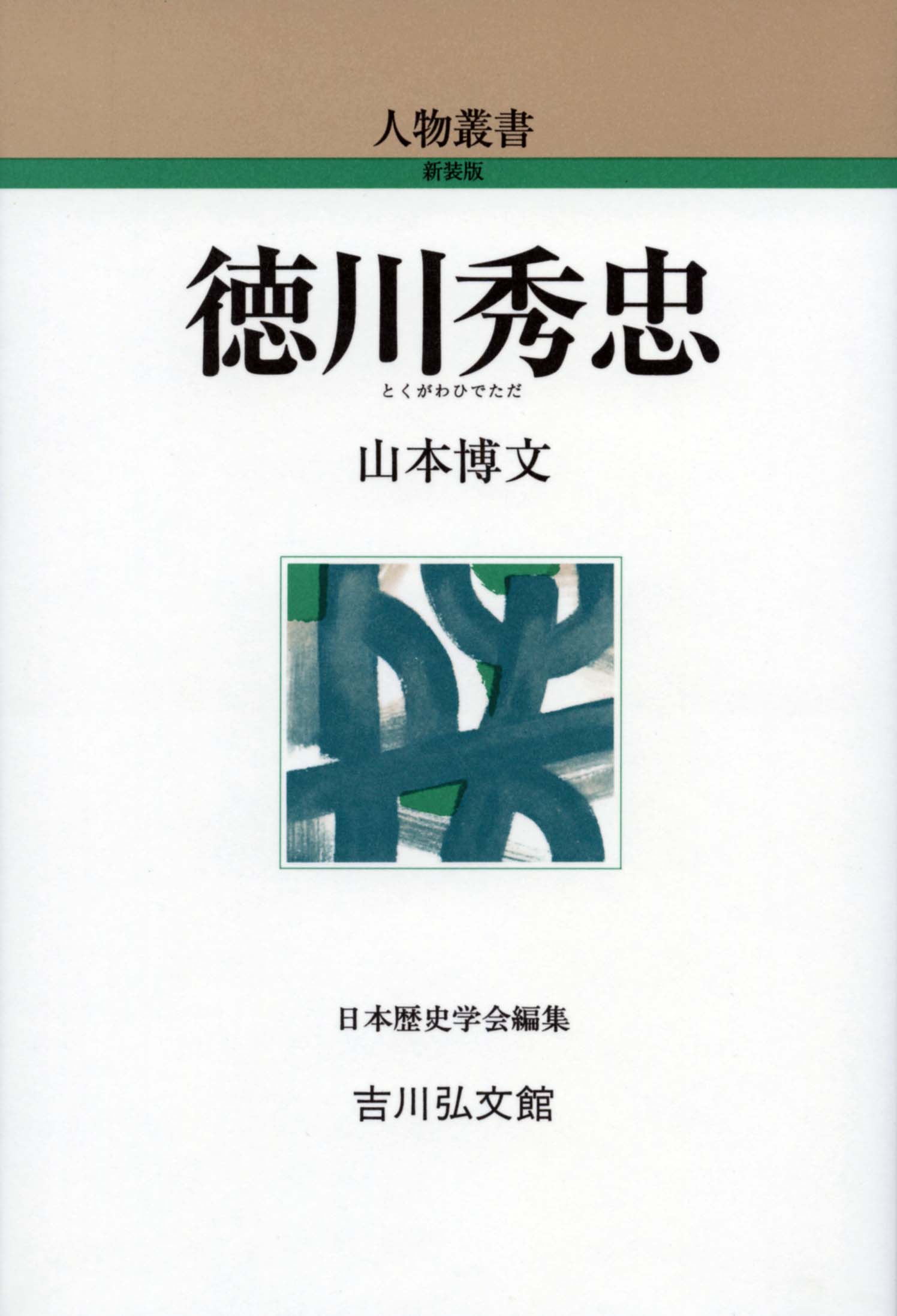
Title
Historical Biographies of Japan Tokugawa Hidetada
Size
304 pages, 127x188mm
Language
Japanese
Released
February 21, 2020
ISBN
9784642052962
Published by
Yoshikawa Kobunkan
Book Info
See Book Availability at Library
Japanese Page
Yamamoto Hirofumi Ph.D., a professor at the Historiographical Institute, University of Tokyo, died suddenly in March 2020, and this was the last book of his to be published before his death. Dr.Yamamoto not only engaged in research, but was also mindful of communicating his findings to society at large, and because he wrote many books for general readers and frequently appeared on television programmes, many people will probably be aware of his activities.
Dr.Yamamoto’s speciality was the history of politics and diplomacy from the time of Toyotomi Hideyoshi’s régime to the Edo period. But from an early stage he argued for the need to not just undertake chronological investigations of institutions and political trends but to also analyze matters such as the individuality of politically important figures and relationships within the ruling class, and he advocated a “history of politics that even tells us a person’s body temperature.” The “Series on Historical Figures” in which this book has been included is a series of histories and biographies with an established reputation that was launched with the publication of Akechi Mitsuhide in 1958 and reached the milestone of its 300th volume in 2020 with the publication of Tokugawa Ieyasu. The present book, the 303rd volume in this series, written by Dr.Yamamoto with the aim of delineating a “history of politics that even tells us a person’s body temperature,” could be described as the best critical biography for learning about the life and personality of Tokugawa Hidetada, the second shogun of the Edo shogunate who, coming in between the first shogun Tokugawa Ieyasu and the third shogun Tokugawa Iemitsu, has a weak sense of presence.
This books begins, in chapters 1–5, by describing Hidetada from his birth until the death of his father Tokugawa Ieyasu. During this period Hidetada occupied the position of shogun, but Dr.Yamamoto considers that, under the influence of his great father Ieyasu, he did not develop any distinctive policies of his own. The second half of the book, from chapter 6 to chapter 9, describes how, after Ieyasu’s death, Hidetada, having gained his independence, administered the affairs of state as shogun and then as retired (but still de facto) shogun. During the period of his direct rule, he continued and developed the policies of Ieyasu, such as adopting a foreign policy in which he sanctioned trade on the one hand but also proscribed Christianity and taking measures to bring about a reconciliation with the imperial court by having his daughter Kazuko enter the court as a consort of the emperor. Dr.Yamamoto places importance on this sound political stance of Hidetada and considers him to have been the person who built the foundations of the Edo shogunate, which lasted for more than 260 years, and to have been an ideal second-generation leader.
But on the other hand Dr.Yamamoto does not rate Hidetada very highly when it comes to his judgement in resolutely depriving of their posts non-hereditary daimyō such as Fukushima Masanori and Mogami Yoshitoshi and also Honda Masazumi, a former vassal of Ieyasu who was one of his own senior statesmen. Dr.Yamamoto sees that, rather than being a political policy, these dismissals were more strongly influenced by emotional issues, namely, that Hidetada thought he had earlier lost face because of these men. In addition, Dr.Yamamoto considers Hidetada’s intense efforts during the sieges of Osaka Castle to have been influenced by a psychological scar suffered on account of his tardy participation in the Battle of Sekigahara, and he dismisses Hidetada’s words and deeds, suggestive of someone who was intent on redeeming his honour and had lost a grasp of the overall situation, as those of someone who was not cut out to be a commander-in-chief. In the “Series on Historical Figures,” the main points in the text are conveniently highlighted in headnotes, and it is evident from headnotes such as “angry Hidetada,” “impatient Hidetada,” and “Hidetada’s callousness” how Dr.Yamamoto viewed Hidetada’s character. According to Dr.Yamamoto, it was only during his time as retired shogun, when a new generation was taking over and the number of daimyō younger than himself was growing, that this immature Hidetada, with his weak points, became more composed and possessed of his own distinctive presence, with an attendant rise in his authority. Examples of such analysis of political history, in which the author also turns his attention to Hidetada’s individuality and relationships, are found throughout this book, and it shows Dr.Yamamoto at his best, aspiring as he did to a “history of politics that even tells us a person’s body temperature.”
Although this is a book in the dry genre of biography, because it is written by someone who had published many books for general readers, it is extremely readable. It is to be recommended not only to those with an interest in the politically important figure of Hidetada, but also to students thinking of majoring in history, for it will introduce them to methods of approaching political history.
(Written by MATSUZAWA Yoshiyuki, Professor, Historiographical Institute / 2020)



 Find a book
Find a book

